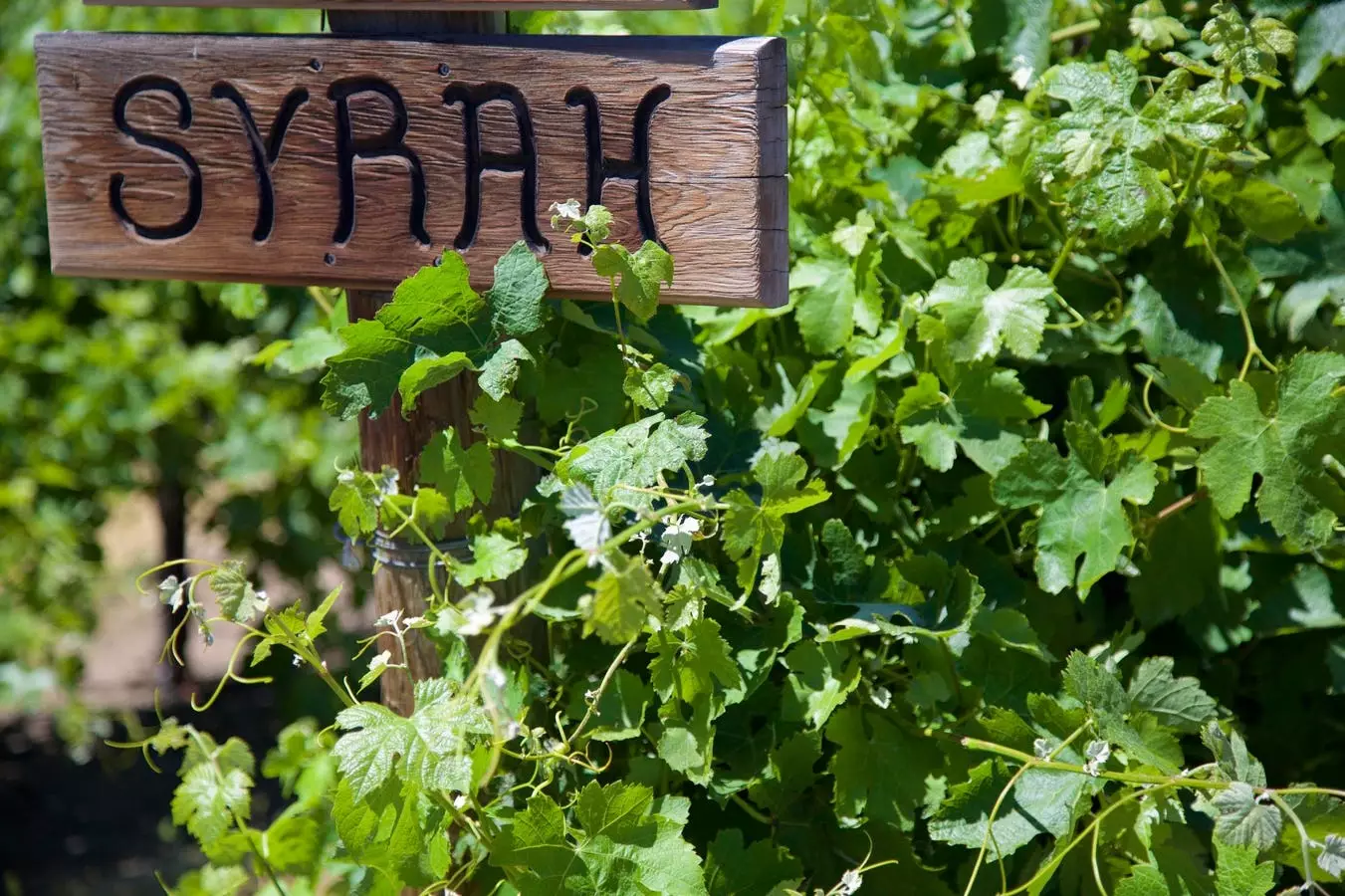Syrah, also known as Shiraz, is a widely popular red wine that has its roots in France. However, over the years, it has been successfully grown in various regions across the globe. The flavor profile of Syrah can vary significantly based on factors such as climate, soil, and regional winemaking styles. This red wine is known for its bold and full-bodied nature, accompanied by aromatic hints of smoke, black fruits, and pepper spice. Depending on the region, Syrah wines can be round and fruity or dense and tannic. In warmer regions of the New World, the same grape is referred to as Shiraz. This versatile wine offers a plethora of styles to cater to every individual’s preferences.
While technically the same grape, Syrah and Shiraz are differentiated by regional culture and climate-influenced winemaking styles. Wines produced in cooler-climate regions, both in the Old and New World, are typically labeled as Syrah. The famous examples from the Northern Rhône Valley of France, such as Hermitage and Côte-Rôtie, are prime instances of Syrah wines. On the other hand, Shiraz wines usually hail from warmer climates, notably South Australia. The wines labeled as Shiraz are characterized by their lush, fruit-forward nature, reflecting the sunny climate they originate from.
Syrah wines are known for their dry, full-bodied nature, with brisk acidity, moderate to high alcohol levels, and firm tannins. The flavor profile of Syrah includes notes of smoke, bacon, herbs, both red and black fruits, white and black pepper, and even floral violet hints. With aging in oak barrels, Syrah can develop tertiary flavors like vanilla and baking spice. In contrast, Shiraz wines are bold and full-bodied, with concentrated jammy aromas and flavors of blueberry and blackberry, complemented by robust tannins and smoked meat notes like beef jerky and bacon. Shiraz wines typically have higher alcohol content and oak influence.
Syrah/Shiraz wines typically showcase a deep red ruby to purple hue due to their red-skinned grape origins. When young, these wines can exhibit an inky and opaque appearance, with a color darker than that of Cabernet Sauvignon. As Syrah/Shiraz wines age, they tend to lose pigmentation and concentration, taking on garnet tones. While the production of rose wines using Syrah is not very common, it is indeed a possibility.
Syrah wines from cooler climates pair well with game, duck, mushrooms, stews, veal, and meat ragù due to their brisk acidity and earthy flavors. On the other hand, Shiraz wines are fruit-forward and go excellently with casual dishes like burgers and BBQ ribs. The richer and fuller-bodied styles of Shiraz complement grilled beef, lamb, and braised meats perfectly. When choosing food pairings, matching the wine’s weight and intensity with that of the dish is key.
To bring out the best in Syrah/Shiraz wines, they should be served at an ideal temperature range of 60-65°F. Due to the higher alcohol levels, a slight chill is recommended to prevent the alcohol from overpowering the flavors. Storing an opened bottle of Syrah/Shiraz in the refrigerator with the cork replaced can help preserve its freshness for 2-4 days. Any longer, and the wine may start to oxidize, affecting its taste and complexity.


Leave a Reply